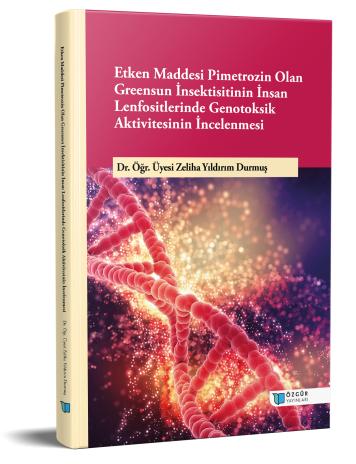
Analysis of Genotoxic Activity of Greensun Insecticide Whichs Active Agent Pymetrozine in Human Peripheral Lymphocydes
Synopsis
The aim of this study was to investigate in vitro genotoxic and cytotoxic effect of pymetrozine which is main compound of Greensun insecticide in human peripheral blood lymphocytes. In the study, 5, 10, 20 and 40 µg/ml concentrations of pymetrozine were tested for 24 and 48 hours treatment periods. Genotoxic effect of pymetrozine was determined by sister chromatid exchange (SCE), chromosome aberration (CA) and micronucleus (MN) tests and cytotoxic effect of pymetrozine was determined with mitotic index (MI), proliferation index (PI), and nuclear division index (NDI) evaluations. Pymetrozine increased the frequencies of CA, SCE, and MN in human peripheral blood lymphocytes in both all concentrations and treatment periods. Although, increase of CA frequency was found to be significant (p<0,05), alterations in the SCE and MN frequencies (except 20 µg/ml, 24 hours) was not statistically significant (p>0,05). In both treatment periods pymetrozine showed a reduction in the MI, PI, and NDI values as compared to control. While this reduction in MI value statistically significant at 20 and 40 µg/ml for 24 hour treatment, in the 48-hour period treatment with 40 µg/ml dose was significantl (p<0,05). On the other hand, PI and NDI showed no statistically significant reduction in all doses and treatment times (p>0,05). As a result; data obtained from the CA, SCE and MN tests, pymetrozine active agent have genotoxic effects in the human peripheral lyphocytes, in terms of PI, MI, and NDI analyses, it is also found to have weak cytotoxic effect.

